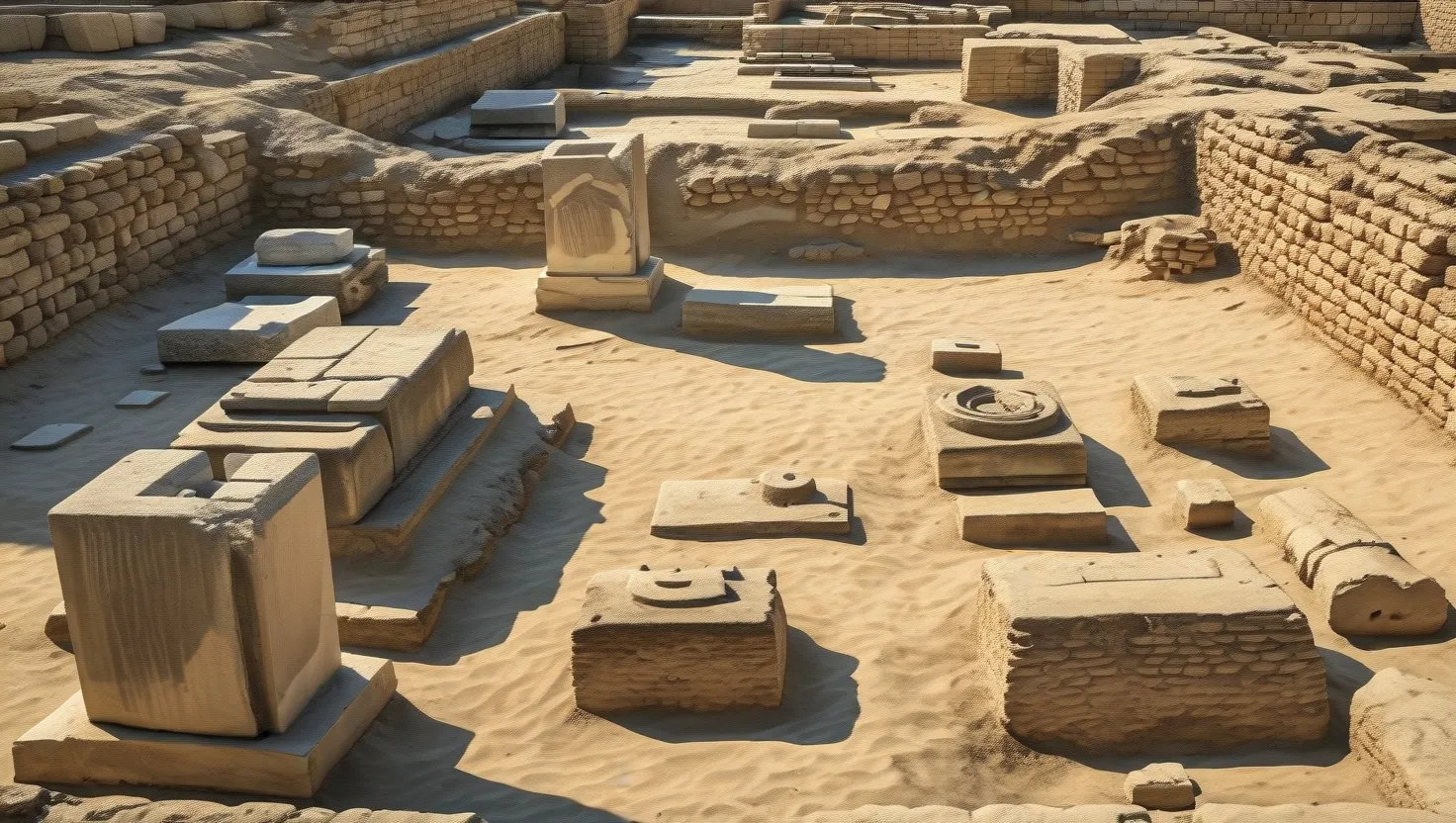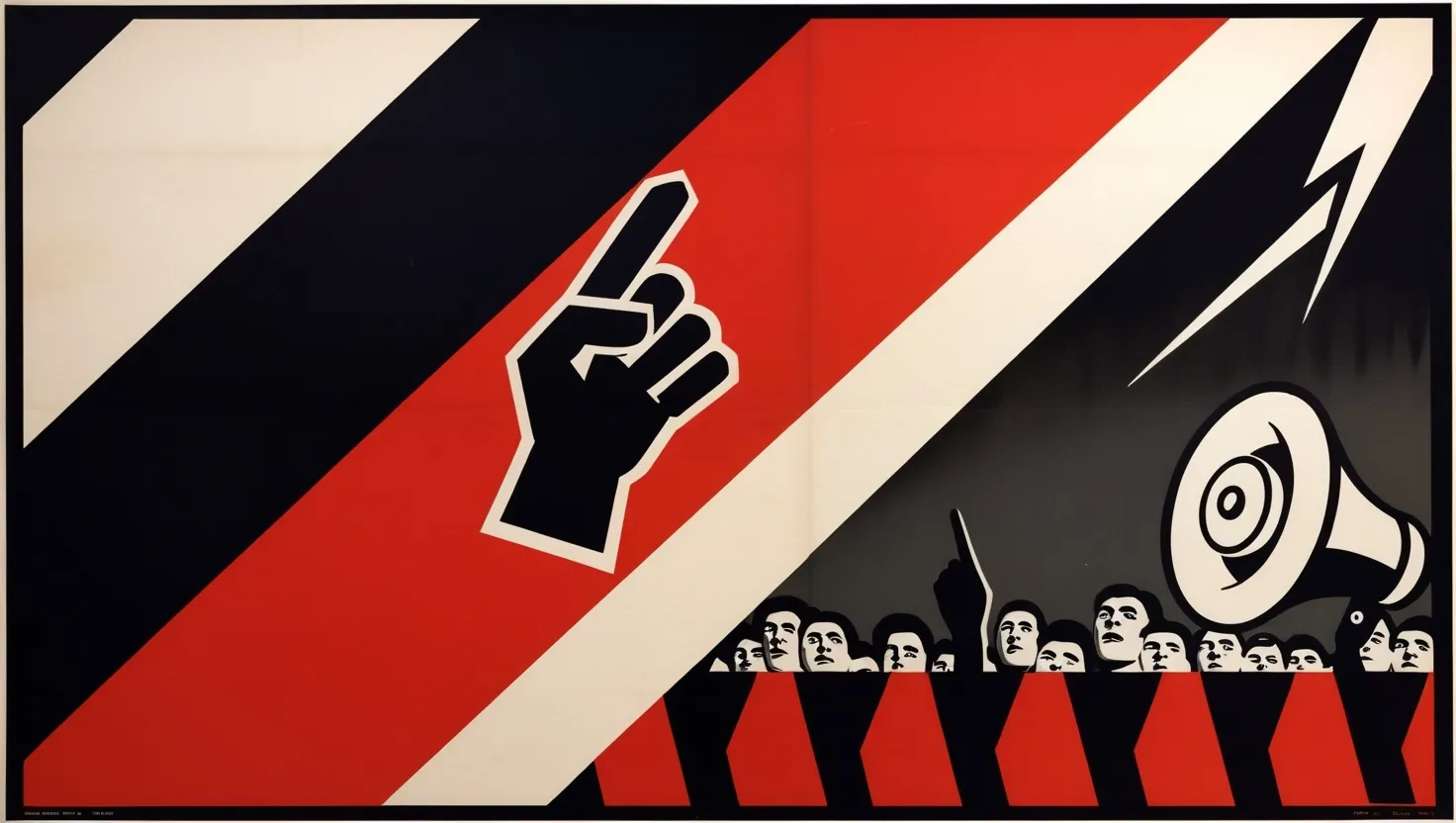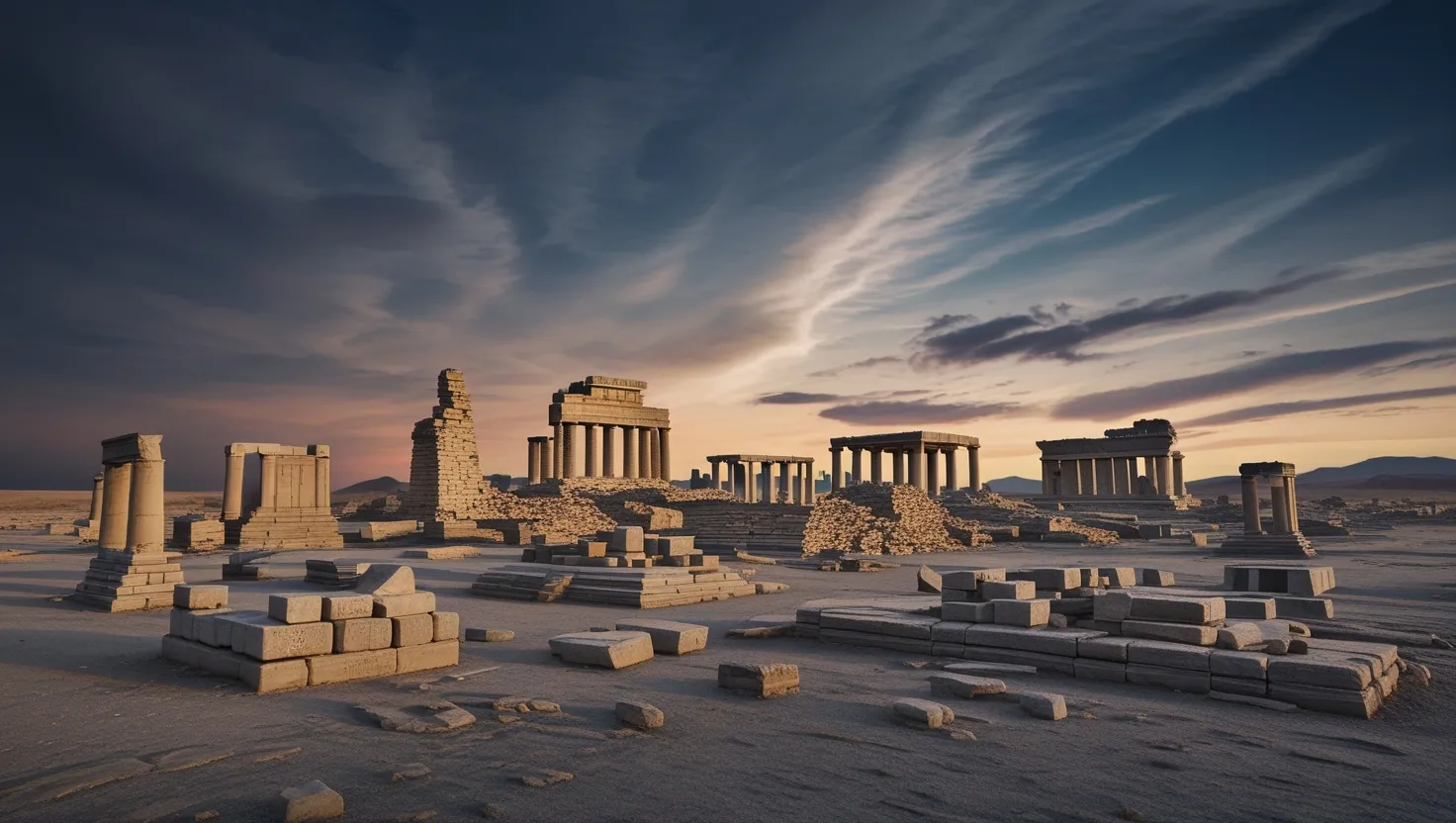As I delve into the world of archaeological discoveries, I am reminded of the profound impact these finds have on our understanding of history. Each excavation, each unearthed artifact, and each deciphered text paints a new picture of our past, often challenging the narratives we thought we knew.
The Rosetta Stone: A Key to the Past
Imagine a world where ancient Egyptian hieroglyphs were nothing more than mysterious symbols, indecipherable to modern eyes. This was the reality until 1799, when the Rosetta Stone was discovered. This granite slab, inscribed with a decree by Egyptian pharaoh Ptolemy V, held the key to deciphering hieroglyphs. As the French scholar Jean-François Champollion later noted, “The decipherment of hieroglyphs was a work of pure intellect, and it required a combination of knowledge, intuition, and perseverance.”
The Rosetta Stone’s significance extends beyond its role in deciphering hieroglyphs. It opened a window into ancient Egyptian culture, revealing the intricacies of their language, politics, and daily life. Suddenly, the silent monuments of Egypt began to speak, sharing their stories with the world.
The Terracotta Army: Silent Guardians of the Past
In 1974, a group of farmers in Xi’an, China, stumbled upon something extraordinary – the Terracotta Army. This vast collection of life-sized clay soldiers, each uniquely crafted, stood guard over the tomb of Qin Shi Huang, the first emperor of China. The sheer scale and sophistication of this army are breathtaking; it is estimated that over 8,000 soldiers, 130 chariots, and 670 horses were buried with the emperor.
The Terracotta Army not only showcases the advanced craftsmanship of the Qin dynasty but also provides insights into their military organization and burial practices. Each soldier, with its distinct facial expression and attire, tells a story of a civilization that valued both artistry and martial prowess.
Göbekli Tepe: The Cradle of Civilization?
Göbekli Tepe, discovered in 1994 in southeastern Turkey, is a site that has challenged our conventional understanding of human history. This Neolithic site, dating back around 11,000 years, reveals complex religious practices that predate agriculture. The elaborate stone structures, adorned with intricate carvings of animals and humans, suggest a level of sophistication previously unseen in early human societies.
Göbekli Tepe raises intriguing questions about the development of civilization. Did the need for communal worship drive the construction of these monumental structures, or was it the other way around? As archaeologist Klaus Schmidt once said, “Göbekli Tepe is not a village, it’s a sanctuary, a place of worship.”
The Dead Sea Scrolls: A Window into Biblical Times
In 1947, a Bedouin shepherd boy’s curiosity led to one of the most significant archaeological discoveries of the 20th century – the Dead Sea Scrolls. Hidden in caves near Qumran, Israel, these ancient manuscripts provided a treasure trove of information about the development of Judaism and early Christianity.
The Dead Sea Scrolls are more than just ancient texts; they are a bridge between the biblical era and the present. They offer insights into the daily lives of the people who wrote them, their beliefs, and their struggles. As historian Flavius Josephus once wrote, “The truth is, the Jews were never destitute of men who were very able to make a just defense of their cause.”
Pompeii: A City Frozen in Time
Pompeii, the ancient Roman city buried under the ash of Mount Vesuvius in 79 CE, is a time capsule of 1st-century Roman life. The excavation of Pompeii, which began in 1748, has provided an unprecedented glimpse into the daily lives of Roman citizens – from the wealthy elite to the enslaved.
Walking through the streets of Pompeii is like stepping into a snapshot of the past. The preserved buildings, artwork, and even the bodies of the people who lived there tell a story of a vibrant city that was suddenly and tragically frozen in time. As the Roman poet Statius once wrote, “The city, though buried, still speaks.”
The Power of Archaeological Discoveries
These discoveries remind us that history is not static; it is a dynamic narrative that evolves with each new find. Archaeology is not just about unearthing artifacts; it is about listening to the stories of our ancestors and understanding the complexities of human development.
As we continue to explore and discover, we are forced to ask questions about our assumptions and challenge the narratives we have long accepted. What other secrets lie hidden beneath the earth, waiting to be uncovered? How will these discoveries shape our understanding of ourselves and our place in the world?
In the words of archaeologist Howard Carter, “I see wonderful things,” and indeed, each archaeological discovery is a window into a world that was once lost but is now rediscovered, revealing the rich tapestry of human history.






